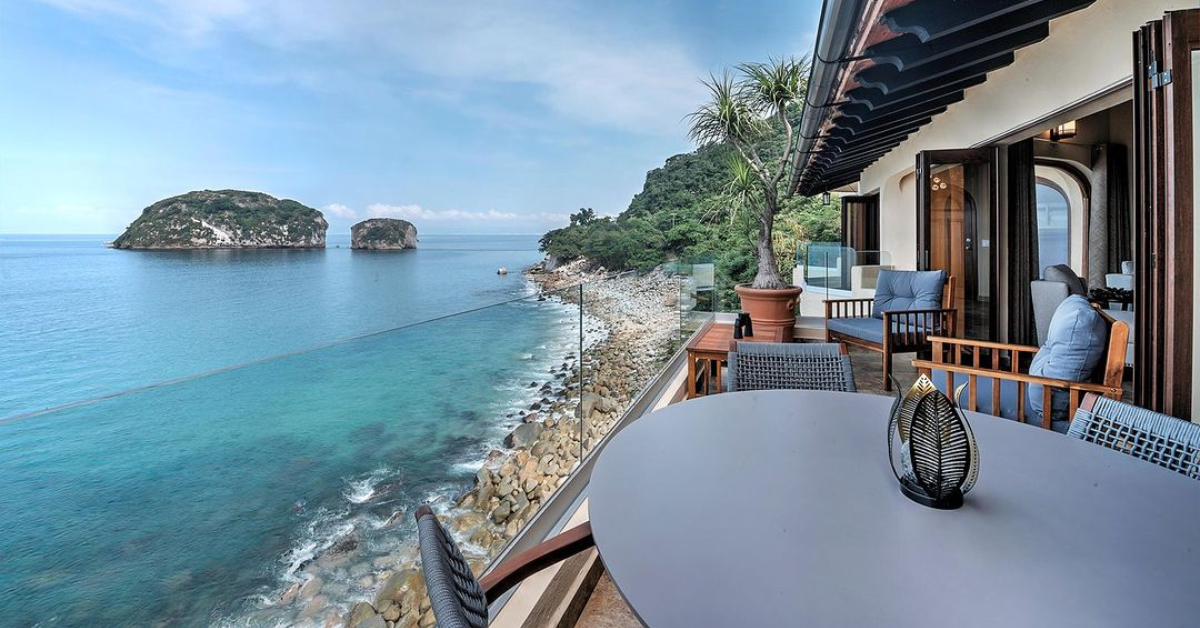Puerto Vallarta, Mexico—Tourist areas and border areas of Mexico are witnessing an unprecedented surge in housing costs throughout 2024, thanks to a strong peso, sparking significant concerns within the country's real estate sector.


Puerto Vallarta, Mexico—Tourist areas and border areas of Mexico are witnessing an unprecedented surge in housing costs throughout 2024, thanks to a strong peso, sparking significant concerns within the country's real estate sector.

